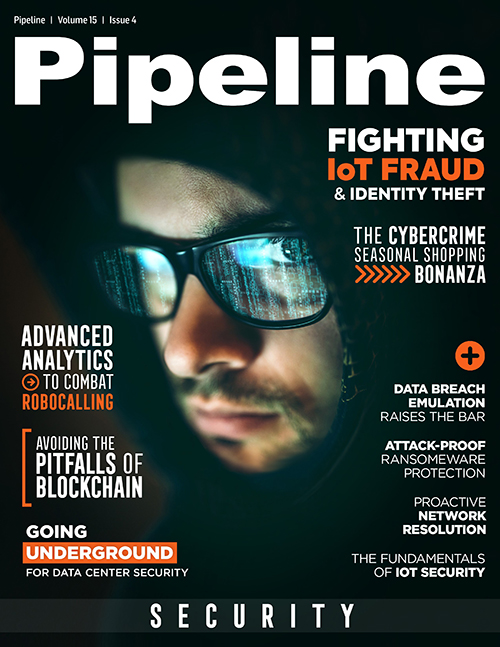Advanced Analytics to Combat Robocalling
Questions remain with STIR/SHAKEN
There are indeed numerous questions related to STIR/SHAKEN implementation. Examples include: How secure is the computer storing the private key? How are certificate recipients validated? What happens after call validation? How is the public educated about initiating a traceback? Where will post-call reporting take place? How are tracebacks enforced? Can a private key be intercepted and misused? How are keys revoked? What happens when a number is ported? What’s the time-to-live (TTL) for a certificate, and can it be extended via a hack? How are third parties making legitimate calls on behalf of an enterprise authorized to spoof their caller name and number? What must operators buy and deploy? When will it be available? How much will it cost? How, if at all, do we recover the costs of implementing a strategy? What will our liability be if we block a good call or authenticate a bad call?
STIR/SHAKEN is indisputably an essential foundational layer to combat spoofing and other robocall tactics, which is why large carriers are rightly investing in deploying the STIR/SHAKEN authentication standard in their networks as they move towards initial operational capability in 2018–2019. However, we are unlikely to see an all-IP network for several years, which means that carriers should maintain both a short- and long-term focus and expect that bad actors will focus on all available paths leading up to widespread network implementation.
Layered analytics are key
A better understanding of the intent of a call is the work of the real-time analytics layer (i.e., the analytics server). Further, depending on the provider, the analytics server is available for all types of carriers across all networks, whether VoIP or TDM, via ENUM, SIP, AIN, or RESTful API, or all of the above. This layer is already in play today with the major carriers on many devices.
Advanced machine learning methods for blocking robocalls using real-time AI in combination with big data gleaned from the network addresses the constantly changing identities of robocallers. This methodology makes it possible to create an algorithm which can detect call patterns without requiring crowdsourced reporting.
Machine learning is a method used to devise complex models and algorithms that lend themselves to predictive analytics. The analytical models allow data scientists to produce reliable and repeatable decisions while also uncovering hidden insights through learning from historical relationships and trends in the data.
As an additional input to this model, crowdsourced feedback allows the analytics provider to layer in context. By supplementing the unstructured data provided by the machine learning methods, crowdsourced data allows the analytics layer to provide information at a more granular level, such as whether a telephone number is being used to claim to offer free cruises, or is a legitimate call from a bank with a fraud alert related to a credit card.
Today, it is possible to detect caller ID spoofing and other malicious and nuisance robocalling behavior based on real-time network data analytics. STIR/SHAKEN will eventually remove some of the burden borne by analytics servers today, but will not render this crucial component unnecessary.
Enforcement and follow-through is required
The FCC continues its exploration of methods to pursue bad actors, including blocking and tracebacks, and seeks the industry’s help in its latest public notice to refresh the record on advanced methods to target and eliminate unlawful robocalls. Carriers and other industry experts involved in solving the robocall problem will be providing more detail about their approaches. Naturally, STIR/SHAKEN will play a significant role with respect to blocking and traceback efforts.
In addition, analytics providers will be explaining the complex role they play in overlaying context for robocalls that do not involve spoofing, and will be providing the FCC with further insights regarding additional steps that can be taken to address this ongoing problem. The industry will be looking to the FCC for guidance and support as we seek to further differentiate good calls from bad. Further, we will seek ways to support the FCC by onboarding data from vetted outbound callers and facilitating traceback efforts.
For now, it is encouraging to see this problem coming into greater relief as the industry works together to reestablish trust in calling.



















